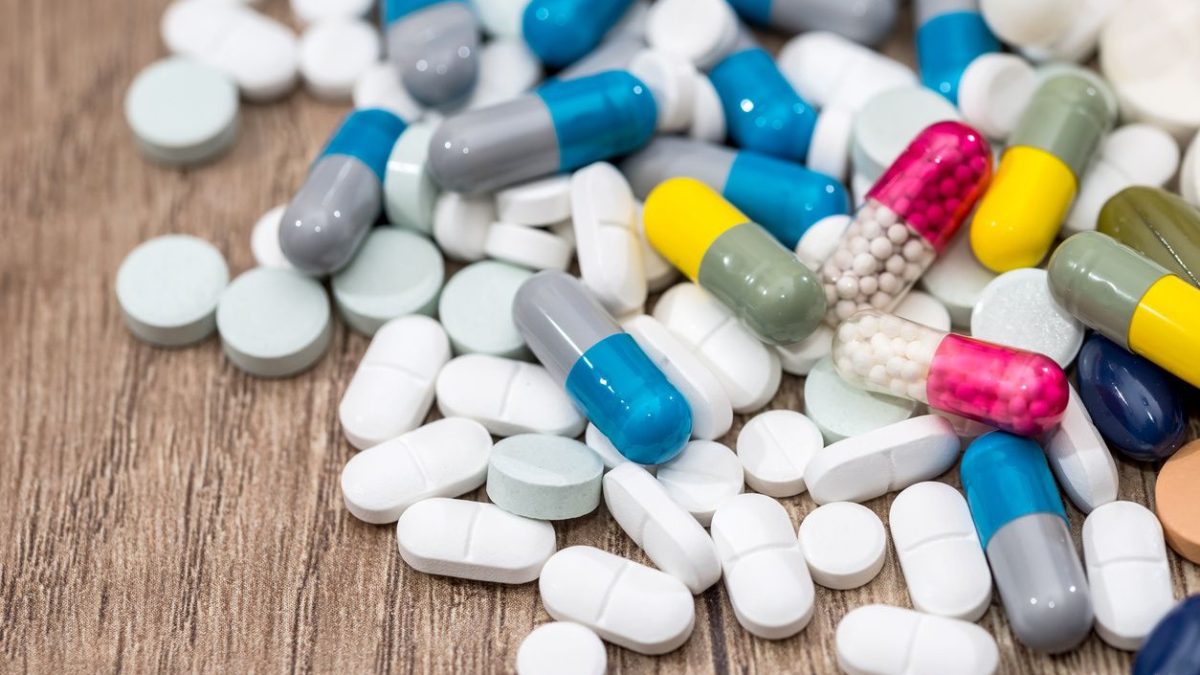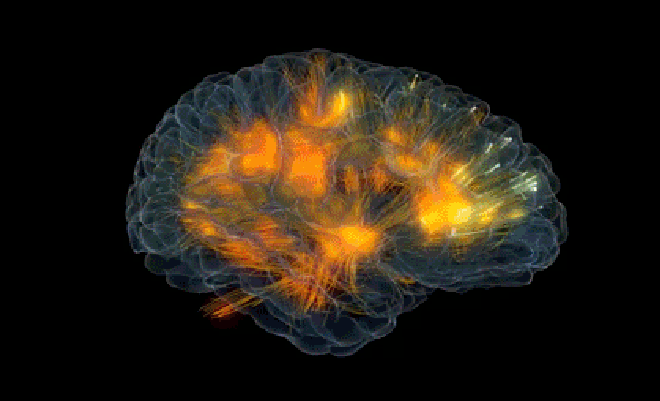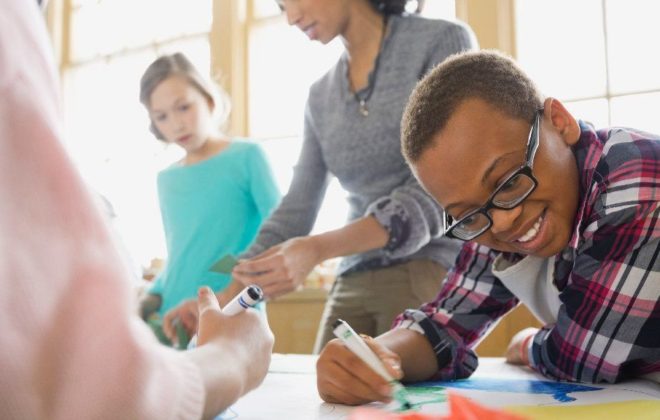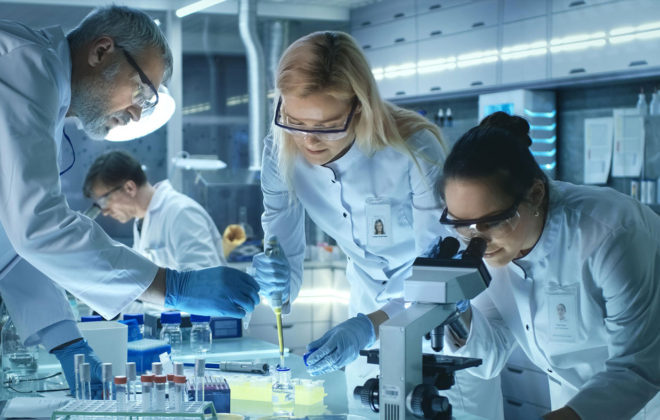ADHD treatment without medication
As a parent, hearing your child’s diagnosis of Attention Deficit Disorder (ADD) or Attention Deficit Hyperactivity Disorder (ADHD) can be incredibly frightening and daunting, signalling the beginning of a long road of medications and cognitive behavioral therapy (CBT) treatment options.
In almost all cases, the first line of ADHD treatment recommended for the millions of children diagnosed with ADHD or ADD is medication – powerful, stimulant drugs. However, these don’t always come with the effect that parents are hoping for.
ADHD medications
Methylphenidates (branded as Ritalin, Concerta and others) are the most commonly prescribed drug to treat ADHD in children. These drugs are a central nervous system stimulant – the medication increases the level of dopamine in the brain, a neurotransmitter that plays a critical role in attention and focus, to a level comparable to that in the brain of a person who doesn’t have ADHD.
It will take time to find the right combination and dosage of ADHD medication that works for your child, and they are effective for 80% of children with the disorder. While these medications are not considered addictive, they can come with a whole host of side effects including:
- Agitation or nervousness
- Moodiness or irritability
- Anxiety
- Sleep problems
- Headaches
- Stomach pains
- Loss of appetite and weight loss
- Dizziness, nausea and vomiting
- Heart palpitations or increased heart rate
- Sweating
- Rashes
- Numbness or tingling in hands or feet
- Psychosis
- And more
In some cases, the sides effects of the ADHD medication are worse than the effects of the disorder, leaving both the child and the parents exasperated. This is when many parents look for a natural alternative to medication to help their child.
For other parents, giving their child powerful drugs is something they would like to avoid at all costs. Instead, they want to exhaust every other option for ADHD treatment without medication first. That’s when proven natural remedies for ADHD in children are often explored.
ADHD treatment without medication
When a child is diagnosed with ADD or ADHD, and at a young age especially, parents often ask if they can try ADHD treatment without medication first, and there are several methods that are effective. The American Academy of Pediatrics recommends that for preschool-aged children (4–5 years of age), behavior therapy is the first line of ADHD treatment as opposed to medication.
Neurofeedback/Neurotherapy, also known as Biofeedback, or Brainwave Training is another alternative – a painless and non-invasive solution which, unlike medications, creates permanent changes to the brain after treatments.
Neurofeedback involves recording brainwave activity using sensors placed on the head, and then training the brain to operate more efficiently as brainwave patterns improve and self-regulation occurs.
The retraining of the brain is accomplished via experiencing visual stimulation (e.g. a movie for a child) that darkens and lightens as brainwave patterns change. By adjusting the brightness with their brainwaves, your child can retrain them and engage the brain.
Check out our beginners guide to learn more about using neurofeedback to treat ADHD without medication.
What else can parents do to lessen to symptoms of ADHD?
ADHD and ADD are challenging disorders, for the sufferer, for parents, and for other family members. As mentioned above, medication works for some patients, and not for others, and it’s at that point that treatment options like neurofeedback are explored. Here are 5 additional areas that parents can focus on that are easy to implement, with a bit of patience and practice:
- Diet: Avoid foods that contain chemical additives or preservatives like butylated hydroxytoluene (BHT) or butylated hydroxyanisole (BHA) which are often found in processed food products.
- Exercise: Consider getting into yoga or tai chi with your child. Many studies have indicated that yoga is helpful in alleviating hyperactivity and anxiety in people with ADHD – especially in boys – plus it will probably help you with relaxation too!
- Get some fresh air: Some studies have shown that spending at least 20 minutes out in nature can help kids with ADHD improve their concentration levels. Go on family hikes, go to the park, or just kick a ball around the back yard.
- Create structure: Structure, routine and organization in a day can limit chaos and sudden distractions. Knowing what to expect can be calming for children with ADHD. Especially try and include regular bedtime hours into the structure of the day.
- Encourage your child to think out loud, and wait before responding: Children with ADHD often say or do things without thinking it through. Getting them to pause and say out loud what they are thinking will not only allow the parent to learn their child’s thought patterns, but it will also give the child time to consider their thought before acting on it.
Richard Gallagher, PhD, of the Institute for Attention Deficit Hyperactivity and Behavior Disorders at the NYU Child Study Center says that behavior changes alone are most effective with kids who are only inattentive and unfocused, rather than those who are also impulsive and hyperactive.
At St Louis Neurotherapy Institute, we believe that neurofeedback therapy combined with Cognitive Behavioral Therapy, diet, exercise, and structure at home is a more holistic approach to ADHD treatment, rather than relying solely on medication. Addressing the mental, emotional and physical well-being of our clients means a greater chance of success.
See how neurofeedback therapy can help you or your child, without resorting to powerful drugs. Request a free consultation!





